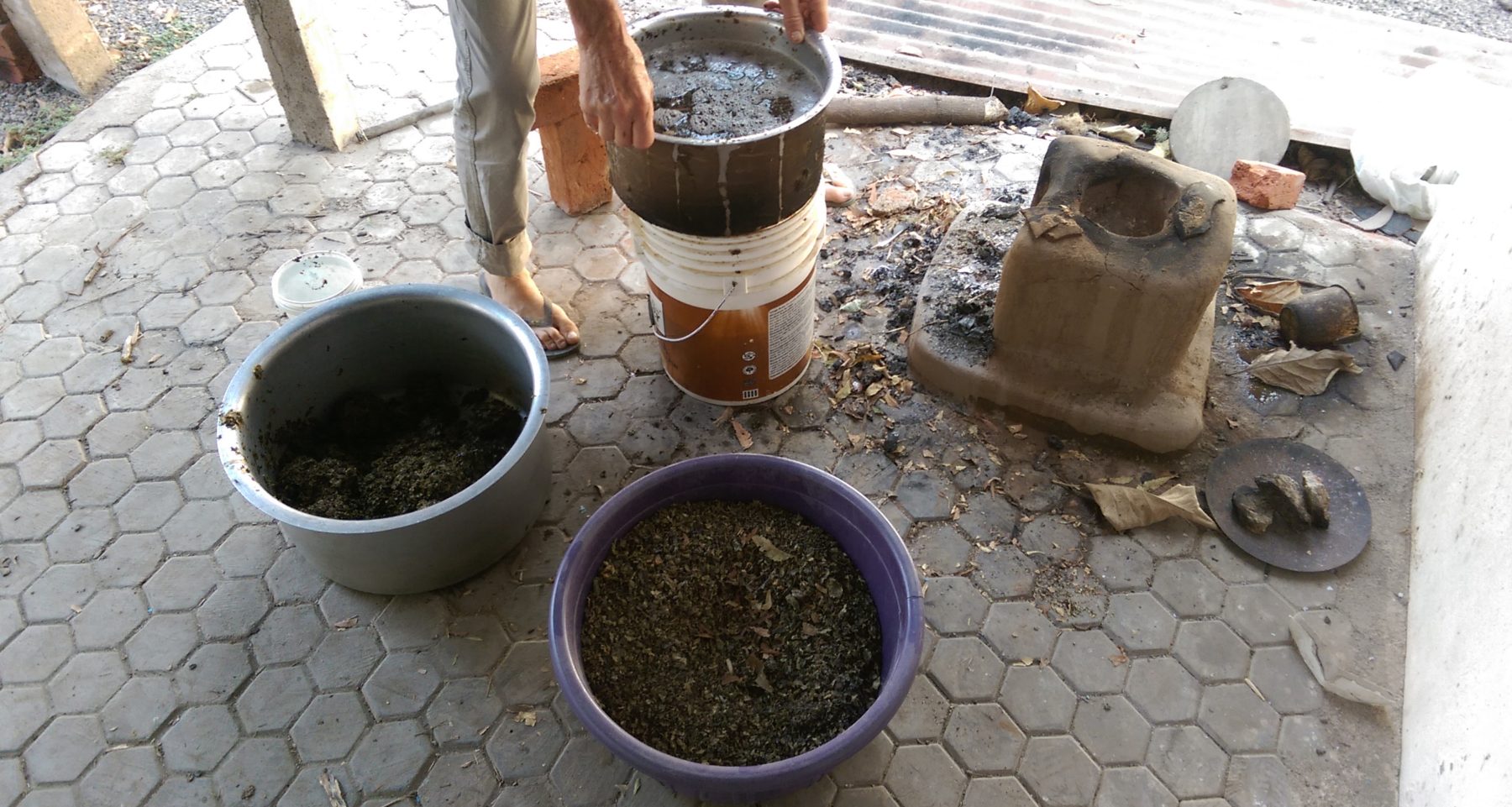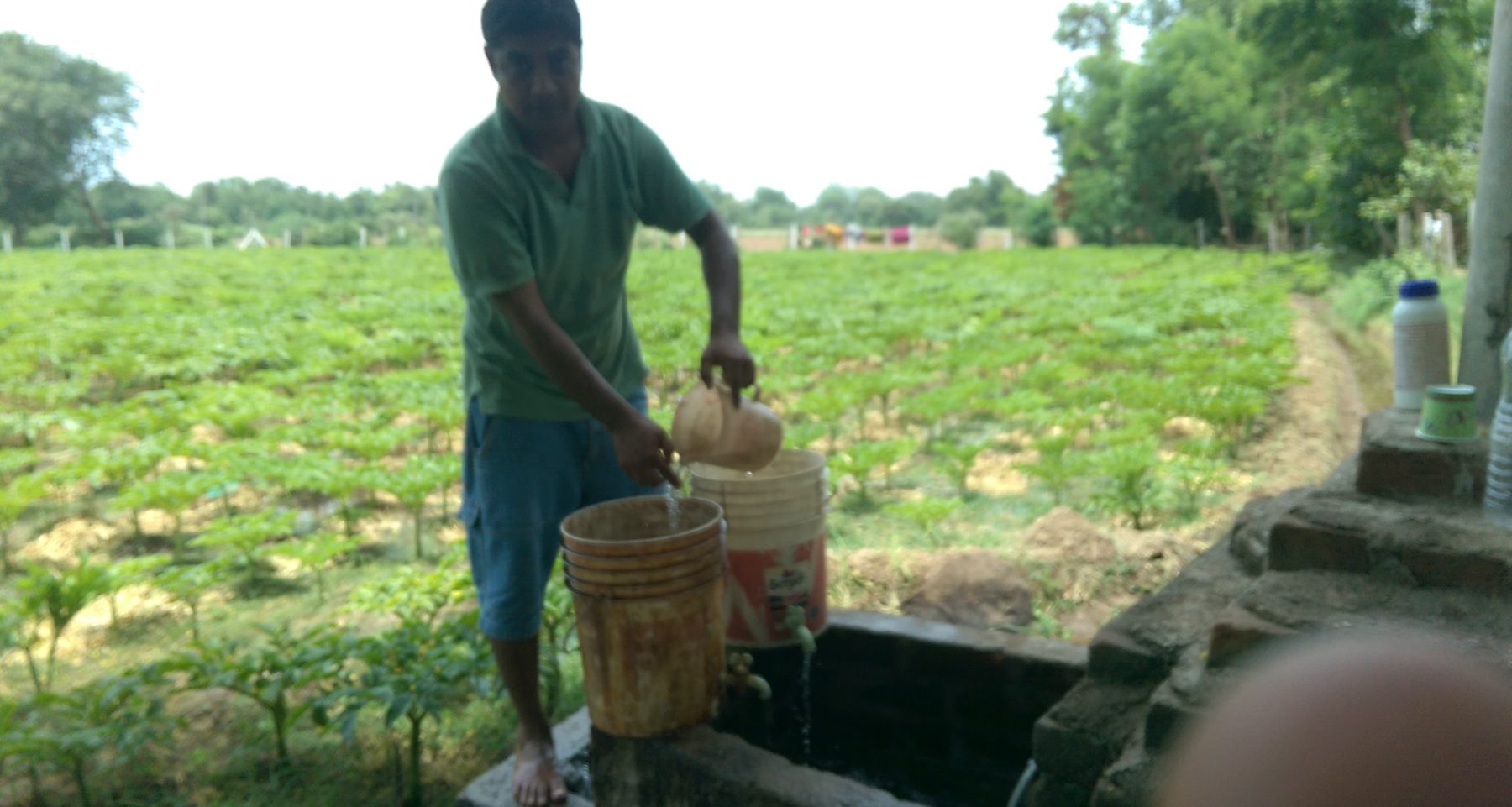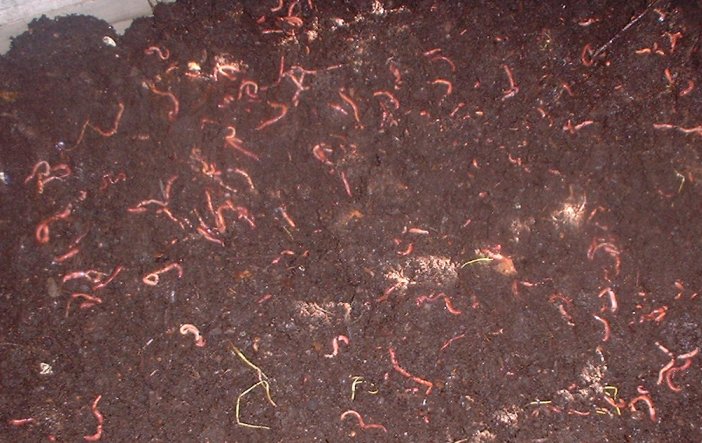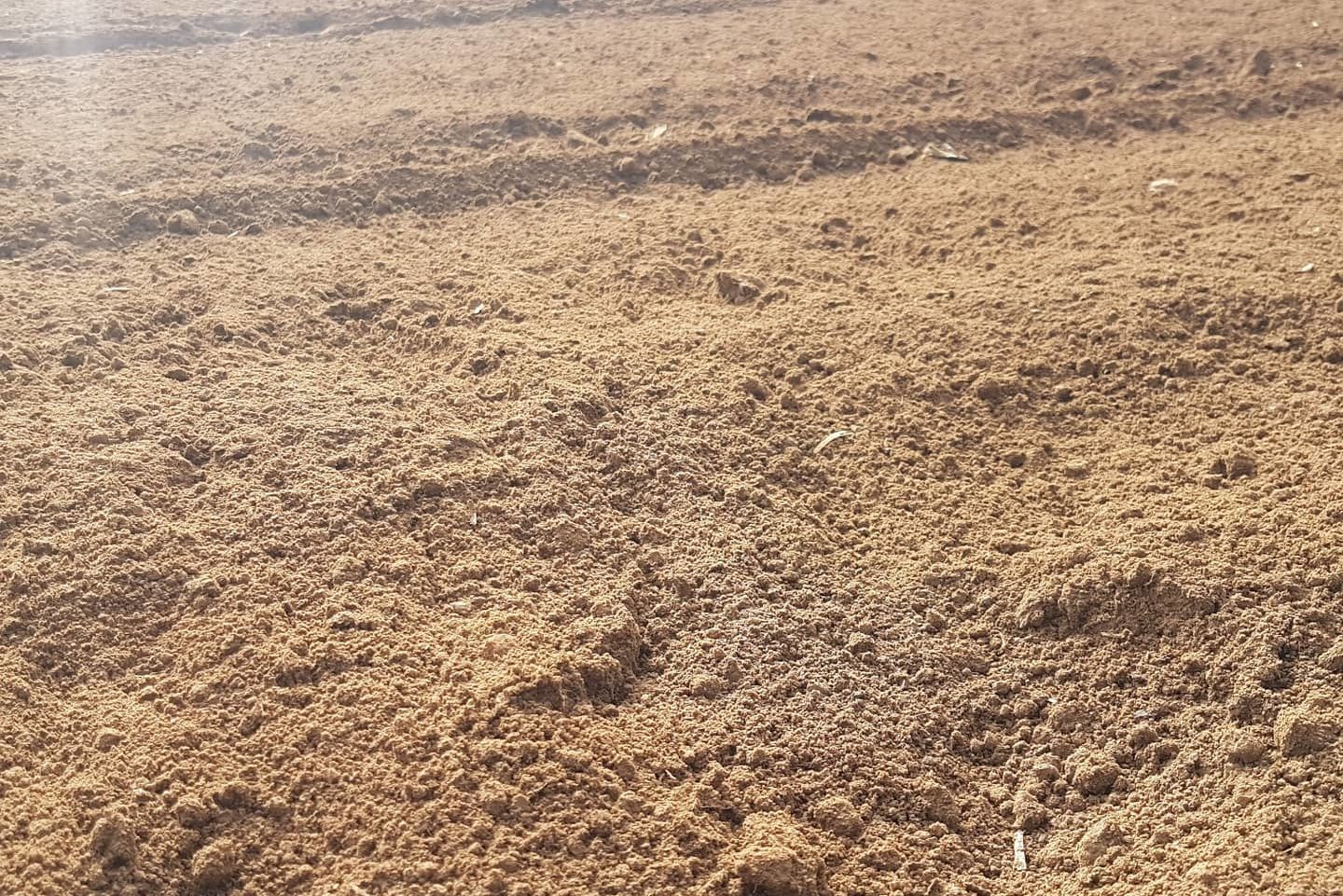Overview
GPS location : 22 degree 18’04. 1″ N and 72 degree 58’32.6″ E
Name: Devapura, Gujarat, India
Agro biodiversity still falls under the category of being a “poorly defined emerging issue” In general, countries have taken agro-biodiversity to refer primarily to crop genetic resources, as this is where most of the conservation efforts have been focused. further, the chemical free agriculture not only restores the soil but also restore the native fauna, water table by decreasing the weeds. moreover, organic farming is an important supplements to ecological restoration as it protects pollinators. chemical fertilizers have been a major cause for decline in pollinators. surrounding area of the farm will do the plantation of the native plant species which is again support the nutrient content in soil as well as local biodiversity. use all different manure for organic farming like cow dung, plant extract, bacteria etc. weed management by multiple cropping, (cereals, pulses etc.) , cropping according to the landscape and built the agro-pond to reduced the scarcity of the water during summer seasons. Present restoration area lies in the riverine bed of the Mahi River (Devapura Village) of Anand District, of Gujarat State. Main Aim of this project is restore the soil, water table with help of indigenous people of local ara, so they can also get the knowledge for restoration and generate the revenue.
Main outcome will be conservation of local biodiversity, restoration of soil, water table, economical help as well as involve students to know more about the restoration.
Quick Facts
Geographic Region:
Asia
Country or Territory:
India
Biome:
Desert/Arid Land
Ecosystem:
Other/Mixed
Area being restored:
Soil restoration by Organic Farming around 1 hector
Project Lead:
Organic Farmers and Indigenous people
Organization Type:
Private Company
Project Partners:
CNEW , Center for Nature & Ecosystem Well being , Vadodara, Gujarat
Satva Organic Mr. Deveshbhai Patel, Anand, Gujarat, India
Yes
- A1: Assess degraded ecosystems
- A2: Identify/prioritize locations for meeting national contributions to Aichi Targets
- A3: Involve all relevant stakeholders
- B3: Promote and strengthen formal and informal education systems
- B6: Review, improve or establish targets, policies and strategies for ecosystem restoration
- B8: Promote economic and financial incentives
- B10: Promote and support capacity-building, training, and technology transfer
- C1: Identify appropriate measures for conducting ecosystem restoration
- C2: Consider how restoration can support sustainability of agriculture/production
- C4: Develop explicit implementation tasks, schedules, and budgets
- D1: Assess the efficacy and effects of implementing the ecosystem restoration plan
- D2: Adjust plans, expectations, procedures, and monitoring through adaptive management
- D3: Share lessons learned from planning, financing, implementing and monitoring ecosystem restoration plans
Project Stage:
Implementation
Start Date:
2021-10
End Date:
2025-10
Primary Causes of Degradation
Contamination (biological, chemical, physical or radiological), Deforestation, Fragmentation, Invasive Species (native or non-native pests, pathogens or plants), Urbanization, Transportation & IndustryDegradation Description
Present condition of soil is change day by day, with the help of manure and chemical free farming, there is no political factors, it’s farmer’s land increase the local biodiversity, economic help to the local people. due to less selling of the organic products farmer get loss.
Defining the Reference Ecosystem
The reference ecosystem is based on diverse sources of information (e.g. multiple extant reference sites, field indicators, historical records, predictive data).Reference Ecosystem Description
Present reference ecosystem do chemical free farming since last 15 years so they have totally chemical free farming with good local biodiversity further they have their own past challenges and outcomes with the solutions.
They sell their own chemical free products. further, they provide employment to local , village, indigenous people.
Project Goals
Soil restoration by chemical free farming, increased water table, all these support the local , native diversity as well as good quality of the food, moreover, increase the economic level of indigenous people and archive the indigenous knowledge.
Monitoring
The project does not have a monitoring plan.
Stakeholders
Local people (Urban people)
students
farmers (Indigenous people)
How this project eliminated existing threats to the ecosystem:
1. restore the soil organic carbon
2. Maintain the nutritional cycle
3. over come of nutrient deficiency
4. Crop pattern with respect to temperature, humidity and rainfall)
6. all this things take 5-6 years to complete the restoration of soil
How this project reinstated appropriate physical conditions (e.g. hydrology, substrate)",:
soil (carbon, nitrogen content, ph) & water analysis (Ground water table, analysis etc)
seasonal variation in weeds and fauna
How this project achieved a desirable species composition:
some useful insects like bugs, beetles, butterfly (with their natural life cycle), reptiles (snakes , lizard), birds, small mammals (Indian fox, Jackal, mongoose, )
How this project reinstated structural diversity (e.g. strata, faunal food webs, spatial habitat diversity):
with the help of soil restoration , they attract the good number of insects which attract the insectivorous birds and this lead s to the large raptors (once birds start build their nest)
also increase the pollinators.
flowers of corp attract the nectorivourous birds like species of Purple Sunbird (Cinnyris asiaticus)
How this project recovered ecosystem functionality (e.g. nutrient cycling, plant-animal interactions, normal stressors):
Nitrogen cycle, carbon cycle, will be naturally generate
also increase the plant-animal interactions with the help of native trees, native cropping pattern
for instance butterfly comes on specific corp (when it is in flowing stage) , flowering of Drum stick (Moringa oleifera) support the Purple Sunbird , honey bees, wasp, shoot system support ants etc
indirectly organic food products also reduced the threats of cancer , BP and Diabetes in local people
How this project reestablished external exchanges with the surrounding landscape (e.g. migration, gene flow, hydrology):
Maintain the native crop gene as well as if local or indigenous people get the revenue from the organic farming they will not locate to other place to generate income
further, no chemicals will penetrate in soil and ground water so also increase the quality of the water and soil
all manures are use for organic farming.
Activities were undertaken to address any socio-economic aspects of the project:
reference habitat (Organic farm) , Mr. Devesh Patel has provide knowledge as well as revenue to sustain their life
so this area (farm land) near Vadodara city can also provide knowledge to local people as well as revenue
Ecological Outcomes Achieved
Eliminate existing threats to the ecosystem:
Project will be successful after 4 years
provide documentation of traditional knowledge as well as economic growth to locals
soil and water restoration
Benefits to urban people by give them chemical free food
Reinstate appropriate physical conditions",:
Soil : ph, organic carbon, nitrogen , phosphate , humidity, porosity
water : Ph., nitrogen , phosphate etc
Achieve a desirable species composition:
butterfly, insects, birds, reptiles, small mammals
also maintain the micro fauna like bacterial diversity
resolve the problem of pest (Bio control)
Reinstate structural diversity:
restore the plant -pollinator interactions
gene flow of indigenous crop
restore the soil and water table of particular farm
Recover ecosystem functionality:
Recover the natural nutrient cycle of NPK
organic carbon , micro nutrients ,
reduced the weeds
Reestablish external exchanges with the surrounding landscape:
edge plantation small pit land or wetland to restore the plant -animal interaction and store the rain water as this area is come under semi-arid conditions.
Factors limiting recovery of the ecosystem:
surrounding farmers (not do organic farming)
uncontrolled pest
weed management
trace amount of hheavy metals
Socio-Economic & Community Outcomes Achieved
Economic vitality and local livelihoods:
life time economic sustenance of minimum 5-10 local , indigenous people (with respect to land area, it is not more than 5 hector)
if this will be sucessfull then other farmer also do organic farming
urban people can get chemical free food
Provision of basic necessities such as food, water, timber, fiber, fuel, etc.:
all indigenous people are from their village so they have their own houses
when they live in farm , we will provide them food, fuel (natural LPG gas) ,
drinking water is available in form of well and ground water, natural rain water
Cultural dimensions such as recreational, aesthetic and/or spiritual:
this will also give opportunity to know about organic farming other urban people /
get fresh air, in future we will also provide this place to visitors.
in future we would like to develop eco-friendly house for meditation , in natural conditions
Regulation of climate, floods, disease, erosion, water quality, etc.:
it will maintain the soil , water quality
reduced the soil disease, erosion (as we grow the native plants at the edges)
Has the project had any negative consequences for surrounding communities or given rise to new socio-economic or political challenges?:
No negative consequences and no socio-economic or political challenges
Key Lessons Learned
proper soil restoration by organic farming,
traditional knowledge
native seeds and plants
Long-Term Management
we are in contact with organic farmers
in future we would like to launch the short term course for students for soil restoration
Sources and Amounts of Funding
this is only for one hector land
at present this require
Budget per hector / year budget
| Budget / Year | 73.6 | description | |||
| No. | Activity | Time duration | Rs | USD | |
| 1 | Tilling | 6-7 days | |||
| 2 | Transportation (manure, seeds, samplings) | 300 days | 400000 | 5434.782609 | |
| 3 | Irrigation (Electricity | 100 days | 25000 | 339.673913 | |
| 4 | Harvesting | 5-6 days | 10000 | 135.8695652 | |
| 5 | Grading, sortex, packing | 6-7 days | 25000 | 339.673913 | |
| 6 | Manure | 35 trolley | 50000 | 679.3478261 | |
| 7 | Labouber | 5 person, 250 days | 625000 | 8491.847826 | for 250 days for 5 indigenous people |
| 8 | Analysis | 12 samples | 1200 | 16.30434783 | for 12 samples |
| 9 | Botanist/ Zoologist (research assistant) | 24 months | 720000 | 9782.608696 | for 2 students for two years |
| 10 | workshop for stack holders | 3-4 days | 400000 | 5434.782609 | for 4 days with 4-5 experts, institutional charges |
| Total | 2256200 | 30654.891 |
Other Resources
This type of project is bench mark project for Gujarat
we have write research paper related to water and soil analysis as well as fauna of urban and rural land
https://www.researchgate.net/profile/Jagruti-Rathod-2
https://www.researchgate.net/profile/Shruti-Shah-2 (traditional knowledge and native plants and seeds)
Primary Contact
Name:
Jagruti Rathod
Affiliation:
Dr.
City:
Vadodara
State:
Gujarat





